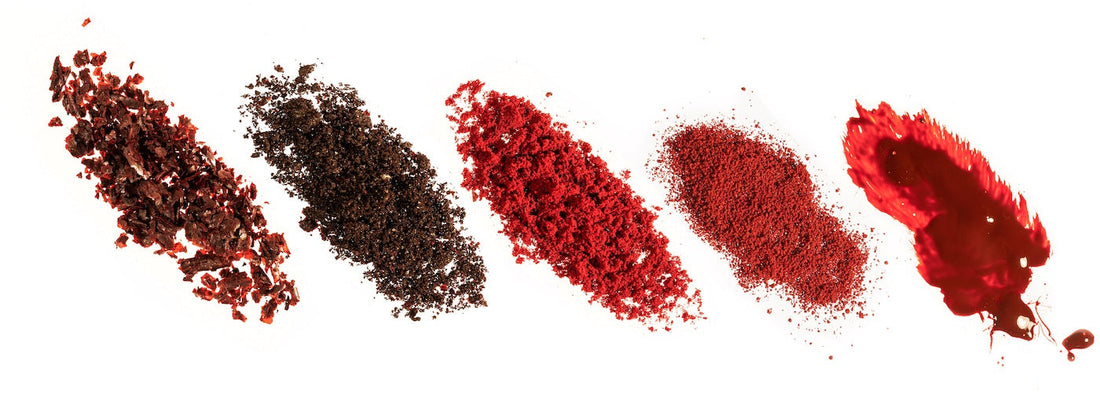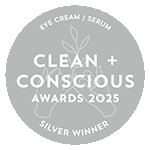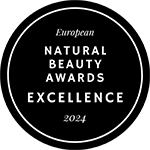Our skin should be beautiful, firm and healthy. But weather influences, stress and natural aging can damage the skin and leave visible marks. To keep the skin fresh and intact for as long as possible, antioxidants can help to beautify the complexion and keep the skin healthy. Astaxanthin is an extremely proven and versatile miracle product in skin care. In this blog article we reveal what the natural substance made from algae promises and how it can help to achieve smooth skin as an ingredient in natural cosmetics.
What is astaxanthin and what can it do?
Astaxanthin is the most powerful natural antioxidant currently known. Research data shows that the antioxidant effect of astaxanthin is 10 times stronger than that of beta-carotene and even up to 500 times higher than that of vitamin E. In addition, it is one of the few antioxidants that cannot have a pro-oxidant effect , meaning it does not form any free radicals itself. So it's no wonder that astaxanthin is so popular.
In contrast to other beta-carotenes, it acts as an effective radical scavenger in the spaces between cells, inside the cell and in the entire cell membrane. Astaxanthin is therefore not only used in skin care. The natural antioxidant is also very popular for inflammatory diseases, to strengthen the immune system, eyesight or brain function and for physical (sports) endurance (Fig. 1).

How is astaxanthin made?
Astaxanthin is a red pigment found in microalgae and is absorbed through the food chain by crustaceans and fish. It is the reason for the reddish color of crustaceans and salmon. Astaxanthin is produced from algae, especially green algae. For human use, astaxanthin is usually obtained from the blood rain algae ( Haematococcus pluvialis ), which is known for its high astaxanthin content (Fig. 2). There is also astaxanthin from synthetic production, but the natural astaxanthin from algae is up to 55 times stronger.

Astaxanthin and its effect on the skin
The naturally derived substance brings significant advantages in natural skin care. The best known effect of astaxanthin is as UV protection and as a natural miracle cure for wrinkles. Thanks to its special molecular structure, it contains both hydrophilic (water-loving) and lipophilic (fat-loving) parts. Due to this fact, astaxanthin is highly fat-soluble and can be used particularly well in creams or oils on the skin.
Astaxanthin as natural UV protection – inside and out
Sun protection is becoming more and more important these days because it is now known that there is hardly anything more harmful to the skin than too much UV radiation or even sunburn. Due to its strong antioxidant effect, astaxanthin can be used as a natural sunscreen. Although astaxanthin cannot replace the UV filter, it can increase the effectiveness of the sun protection products applied. In addition, astaxanthin reduces the negative effects of excessive UV radiation, helps against irritation of sensitive skin and relieves skin inflammation caused by sunburn. This protective effect of astaxanthin against damage caused by sunlight has already been proven by many studies. Astaxanthin thus helps to slow down the development of skin damage and aging of the skin due to UV exposure or to prevent this process.
Of course, the following still applies: only let the sun touch your skin in moderation.
The bottom line: With the support of astaxanthin - from the inside and outside - your skin is not as badly damaged by the sun and stays healthier for longer.

Astaxanthin as a natural anti-aging agent
Wrinkles are primarily caused by oxidative damage to the skin. These can come from weather influences, such as excessive sunbathing, but also from natural aging or e.g. B. caused by smoking or a nutrient-poor, unbalanced diet. The result: The collagen structure in our skin becomes thinner and more fragile and loses the ability to keep our skin elastic and taut. In addition, our body's ability to produce antioxidants that it could actually produce itself decreases with age.
Astaxanthin can prevent this process because it improves the function of the mitochondria, which are the energy-producing power centers of our cells, and also has a good protective effect on the fibroblasts, which are extremely important for the strength and density of the skin. Astaxanthin can not only protect skin cells from free radicals, but also preserve the natural collagen layer. Astaxanthin has been proven to tighten and smooth the skin, ensuring a rejuvenated appearance.
Our tip: Since astaxanthin protects the cell membrane in a way that no other antioxidant can, it has a promising anti-wrinkle effect when taken as a dietary supplement or as an ingredient in cosmetics.
Astaxanthin - immune boost for skin and body
Our conclusion: Astaxanthin not only demonstrably increases the moisture content of the skin, but also ensures improved skin elasticity. This can reduce fine lines and wrinkles. But the super active ingredient should not be reduced to its contribution to skin health: Astaxanthin is not only a natural UV protection and an effective remedy against the formation of wrinkles, but is also helpful as a versatile immune boost wherever our skin or body needs it Support from valuable antioxidants is needed.
You will find astaxanthin in these PHYSTINE products:
Credentials:
Kindlund, P.J. Astaxanthin. Nutrafoods 10, 27–31 (2011). doi: 10.1007/BF03223352
Ahn E, Siebel M. Vital substances; apr2020, Vol. 10 Issue 1, p31-35, 5p
Murray M. 2018




















